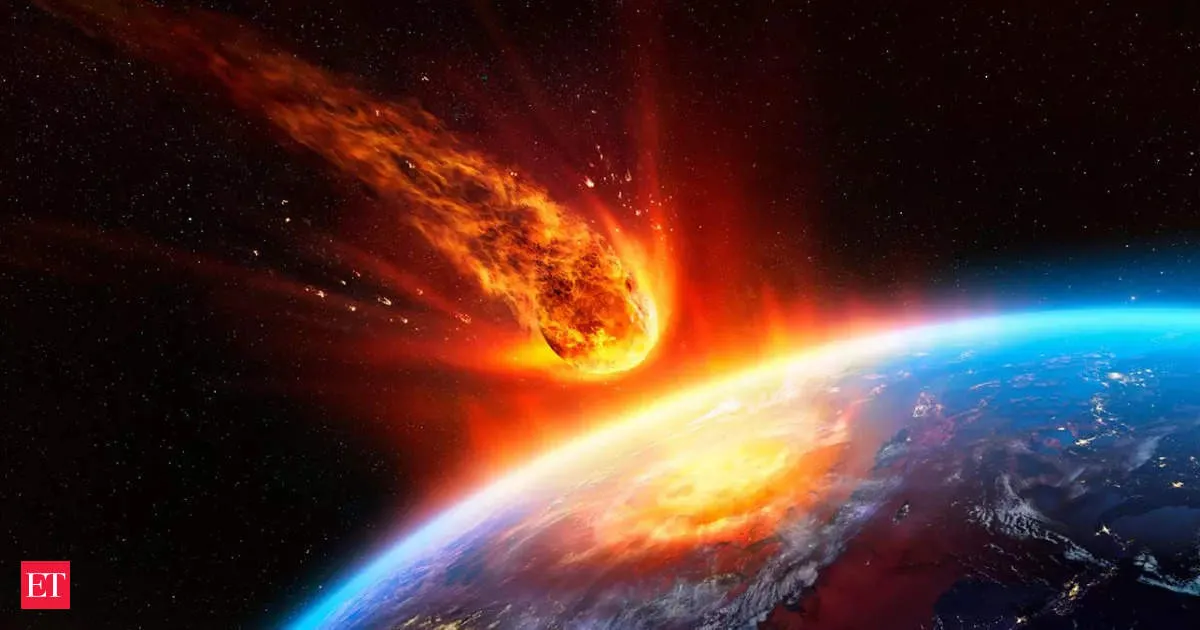NASA Asteroid Hitting Earth: What You Need to Know About 2024 RN16

The Close Encounter of Asteroid 2024 RN16
An asteroid named 2024 RN16 will make a close approach to Earth today, September 14, 2024, at 08:46 UTC (2:16 PM IST). This space rock, measuring 110 feet wide and traveling at 104,761 km/h, will come within 1.6 million kilometers of Earth. 2024 RN16 belongs to a group of near-Earth objects called Apollo asteroids. These asteroids have orbits that cross Earth's path around the Sun, making close approaches possible.
Nasa's Monitoring and Potential Impact
If an asteroid the size of 2024 RN16 were to hit Earth, the impact would be extremely destructive. It is estimated that if the asteroid entered Earth's atmosphere, it would explode 29 kilometers above the ground, releasing energy equivalent to 16 megatons of TNT. This explosion would cause a significant shockwave but would not cause a direct ground impact. Such an event is expected once every 990 years. Fortunately, 2024 RN16 will pass by Earth safely without causing any harm.
NASA's Vigilant Monitoring of Asteroids
- Nasa's Center for Near-Earth Object Studies (CNEOS) monitors asteroids and comets to assess their impact risk.
- Data from worldwide observatories and amateur astronomers help track these objects' paths.
- The Minor Planet Center gathers this information, while programs like Pan-STARRS and NEOWISE provide detailed observations.
- Planetary radar systems like the Goldstone Solar System Radar help refine asteroid trajectories.
With NASA's vigilant monitoring, Earth remains protected from the dangers of space rocks like 2024 RN16, said a NASA spokesperson.
ISRO's Monitoring of Asteroid Apophis
The Indian Space Research Organisation (ISRO) is also closely monitoring asteroid Apophis, which is expected to come very close to Earth on April 13, 2029. Named after the Egyptian God of Chaos, Apophis is larger than India's INS Vikramaditya aircraft carrier. ISRO's newly added planetary defense domain is tasked with protecting Earth from extraterrestrial threats.
ISRO Chairman Dr. S Somanath stated, A large asteroid strike is a real existential threat for humanity. ISRO is alive to that threat and our Network for Space Objects Tracking and Analysis (NETRA) is monitoring Apophis closely. After all, we have only one Earth to live on.
International space agencies are planning missions to study and possibly divert Apophis. NASA's OSIRIS-REx, which returned samples from another asteroid, is being redirected to Apophis.
This article was prepared using information from open sources in accordance with the principles of Ethical Policy. The editorial team is not responsible for absolute accuracy, as it relies on data from the sources referenced.